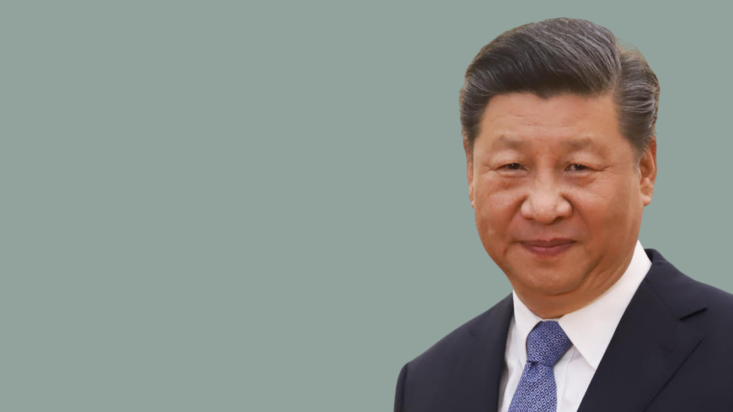China’s economy faces bumpy path before 2023 rebound
Despite recent announcements suggesting the country will move away from its strict zero-COVID policy, China still faces substantial short-term challenges before it can emerge from nearly three years of global isolation, experts say.
Markets initially rallied on November 11 after the Chinese government announced less onerous guidelines on how to approach virus outbreaks. The 20 new parameters include reducing isolation at central facilities from seven days to five and no longer identifying the close contacts of close contacts.
Local authorities were also asked to promote vaccine uptake, increase health resources including hospital beds and halt sweeping lockdowns.
However, the new guidelines will test China’s resolve, as the seven-day moving average for recorded COVID-19 cases recently surged beyond 26,000 and is expected to soon pass the record high set in April.
Reports have surfaced of authorities reintroducing mass testing and closing offices and schools. Nomura analysts noted 48 cities are now under some level of restrictions. In a separate note, the investment bank anticipated growth could worsen.
“COVID cases could surge further on colder weather and fine-tuning measures, which may prompt further lockdowns from local officials,” the note said.
Goldman Sachs echoed this near-term view, saying it will take time for authorities and the Chinese population to adopt a new approach after becoming accustomed to avoiding the virus at any cost.
An estimated 33 per cent of China’s elderly population remains unvaccinated, compared with less than 8 per cent in Japan and the United States. China also has relatively fewer intensive care beds compared with other developed nations, limiting its capacity to handle outbreaks.
Rebound expected in 2023
Notwithstanding the short-term challenges, a strong rebound is predicted in the second half of 2023, underpinned by an expected reopening of the economy.
“As ZCP [zero-COVID policy] is currently still subtracting about 4-5 per cent from the level of GDP, we see substantial room for a cyclical rebound as immunity levels rise and most households learn to live with the virus,” Goldman Sachs said in a November 16 report.
Economic activity will also be underscored by accommodative government policy, including a 16-point playbook announced November 12 to support the ailing property sector. The initiatives eased restrictions on lending to developers in addition to extending homebuyer repayment terms.
Speaking to The Inside Investor, Ord Minnett associate adviser Andrew Ventura is bullish on copper as a way to play the China reopening. His preferred pick is BHP, but he also points to smaller ASX-listed names that have rallied recently, such as Sandfire Resources and Aeris Resources.
“China is currently the largest refined end user of copper, so the reopening of their economy coupled with historically low inventory levels of copper could see the commodity price gather momentum in the near term,” Ventura said. “Decarbonisation projects present a catalyst for the copper price longer-term.”
Platinum Asset Management highlighted President Xi Jinping’s strong domestic policy record, particularly supply-side reforms and the elimination of excess industrial capacity, which should support the Chinese economy moving forward. In October, Xi secured a third five-year term as general secretary of the Chinese Communist Party.
“We expect Chinese leadership to be highly sensitive to economic performance, as it is the basis of their power,” Platinum said in a recent report. “The Party and Xi have repeatedly reiterated their commitment to markets within the Chinese political economy.”











